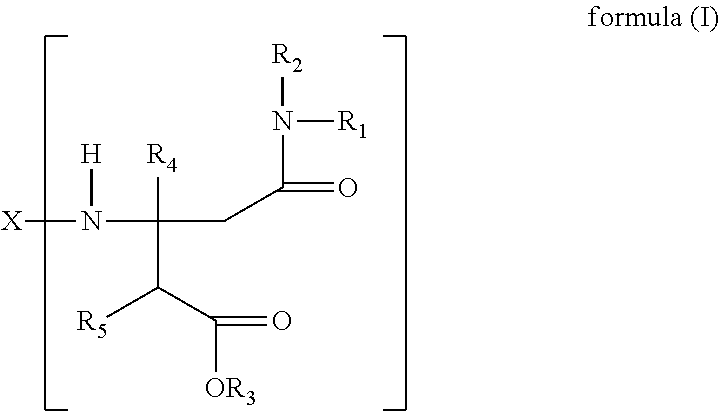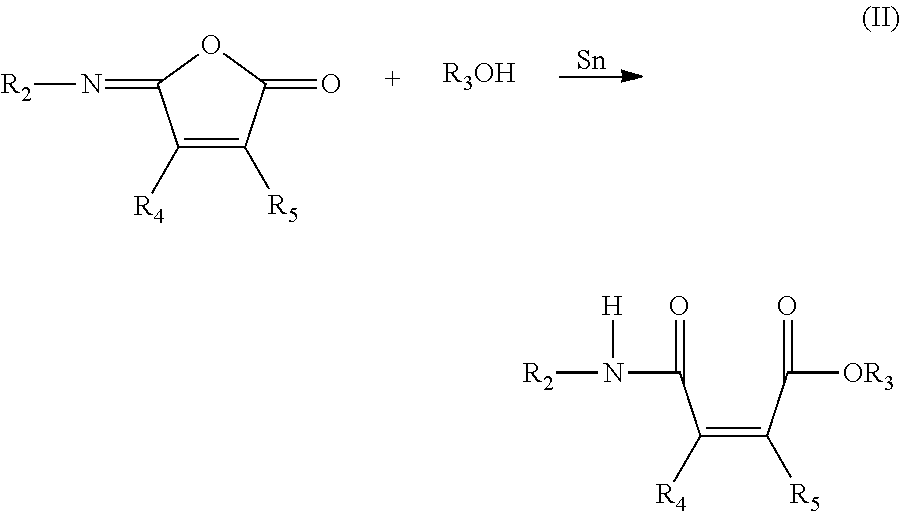Magnetic floor surface
- Summary
- Abstract
- Description
- Claims
- Application Information
AI Technical Summary
Benefits of technology
Problems solved by technology
Method used
Image
Examples
Embodiment Construction
1. Materials Used
a. Magnetic Additive: Ferrosilicon Cyclone 60: Atomized Ferrosilicon 15%, Available from M&M Alloys
[0092]Technical Datasheet:
[0093]
ElementSpecification, %Bulk chemical compositionSilicon14-16Iron80minCarbon0.5maxAluminium0.04typicalTitanium0.05typicalPhysical PropertiesRelative density6.7-7.1g / mlApparent density3.3-4.0g / ml
[0094]
Particle Size Distribution (fine)Particle Size (microns)% Cumulative Passing Typical355991509510687 7575 6367 4554Limits—4545-65
[0095]
Particle Size Distribution (coarse)Particle Size (microns)% Cumulative Passing Typical355991509010683 7568 6359 4538Limits—4532-42
[0096]
Particle Size Distribution (Cyclone 60)Particle Size (microns)% Cumulative Passing Typical3551001509910697 7590 6383 4570Limits—4565-75
b. Polyurea Binder.
A two part aspartate-ester polyurea (AE-PUREA) binder composition was prepared.
[0097]
TradeAmountAvailablenameComposition(% wt)fromAE-PUREA - Part ADesmo-Amino functional reactant90.92Bayerphen NH1420AgitanDefoamer1.82UnivarDF ...
PUM
| Property | Measurement | Unit |
|---|---|---|
| Fraction | aaaaa | aaaaa |
| Percent by mass | aaaaa | aaaaa |
| Molar mass | aaaaa | aaaaa |
Abstract
Description
Claims
Application Information
 Login to View More
Login to View More - R&D
- Intellectual Property
- Life Sciences
- Materials
- Tech Scout
- Unparalleled Data Quality
- Higher Quality Content
- 60% Fewer Hallucinations
Browse by: Latest US Patents, China's latest patents, Technical Efficacy Thesaurus, Application Domain, Technology Topic, Popular Technical Reports.
© 2025 PatSnap. All rights reserved.Legal|Privacy policy|Modern Slavery Act Transparency Statement|Sitemap|About US| Contact US: help@patsnap.com



